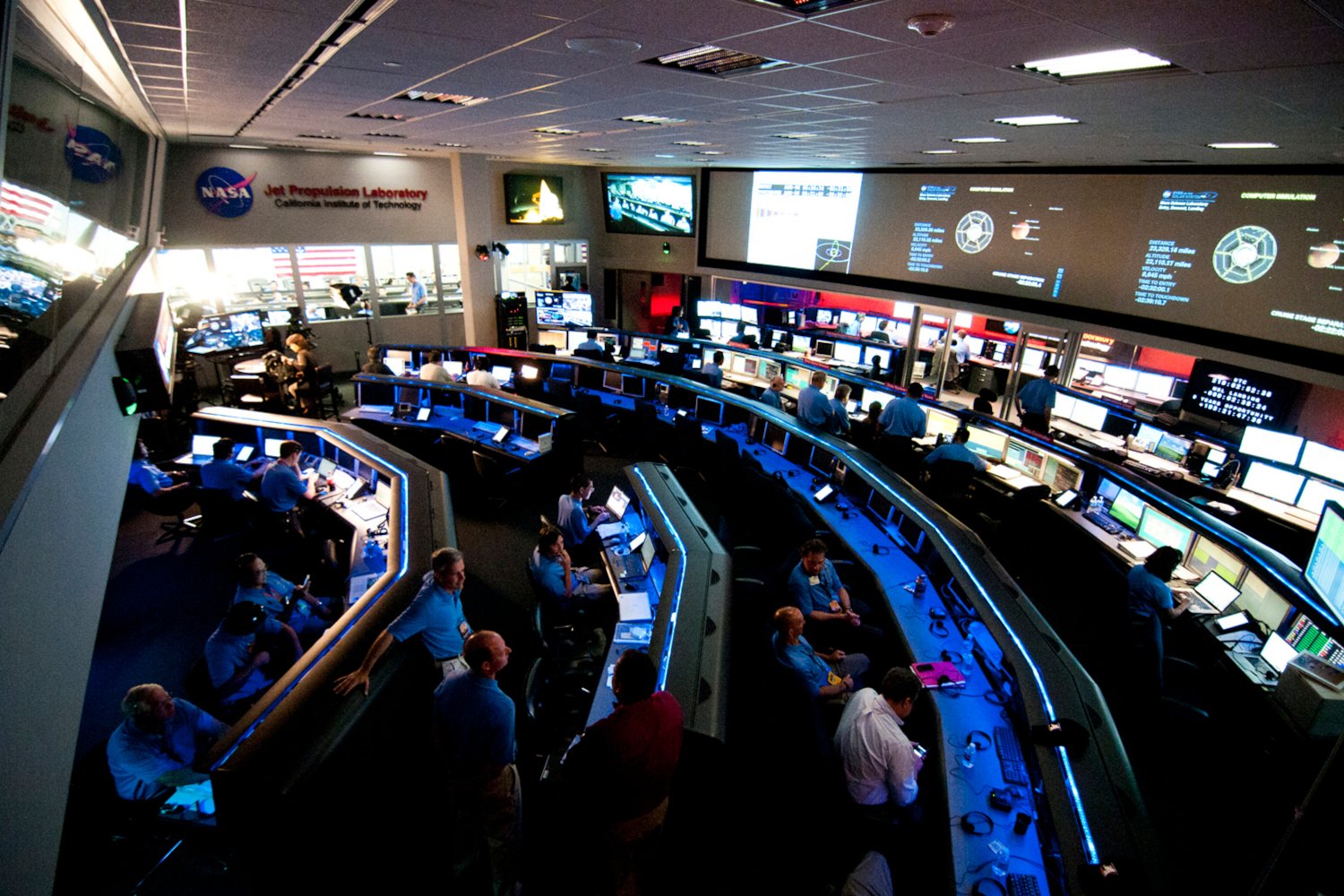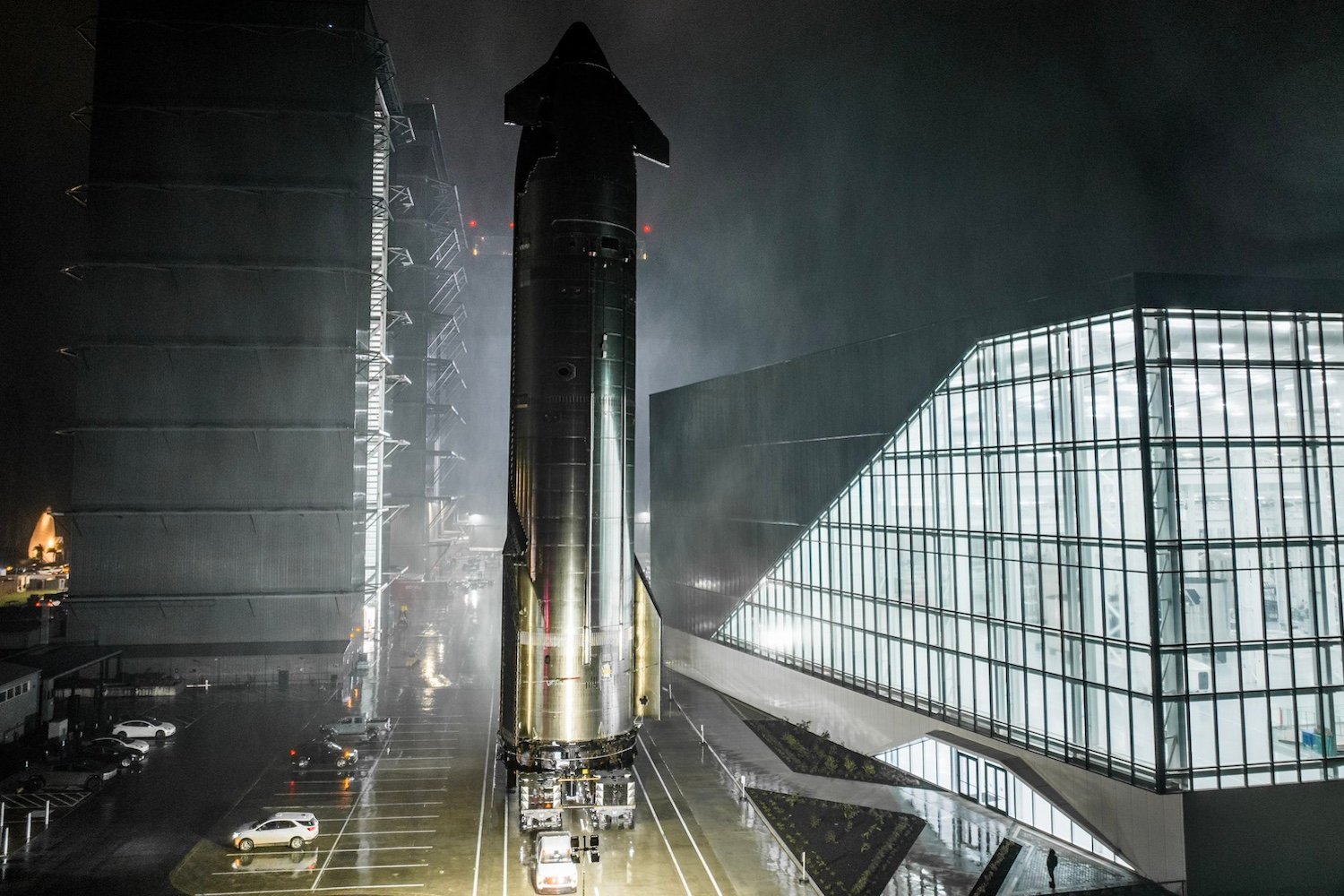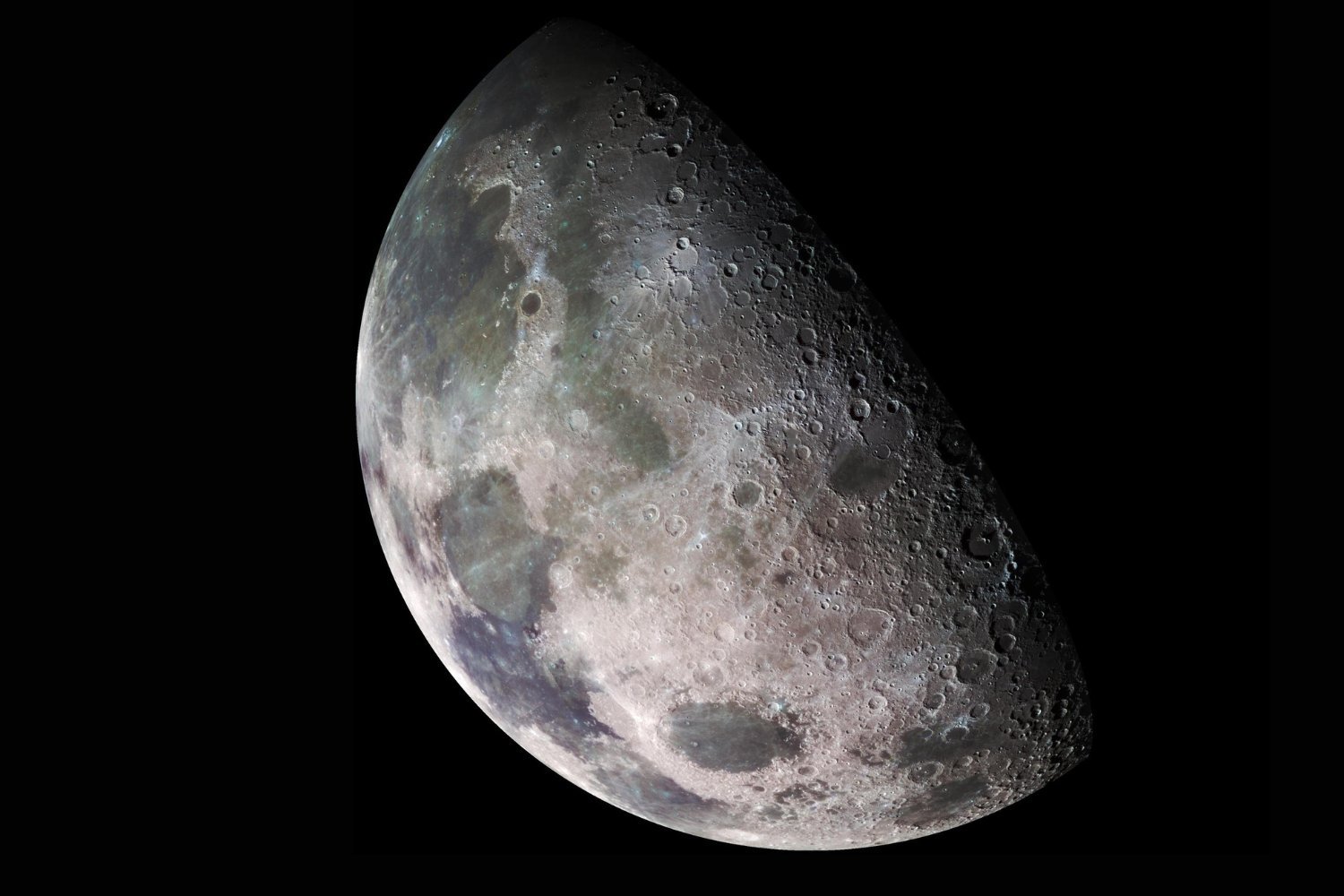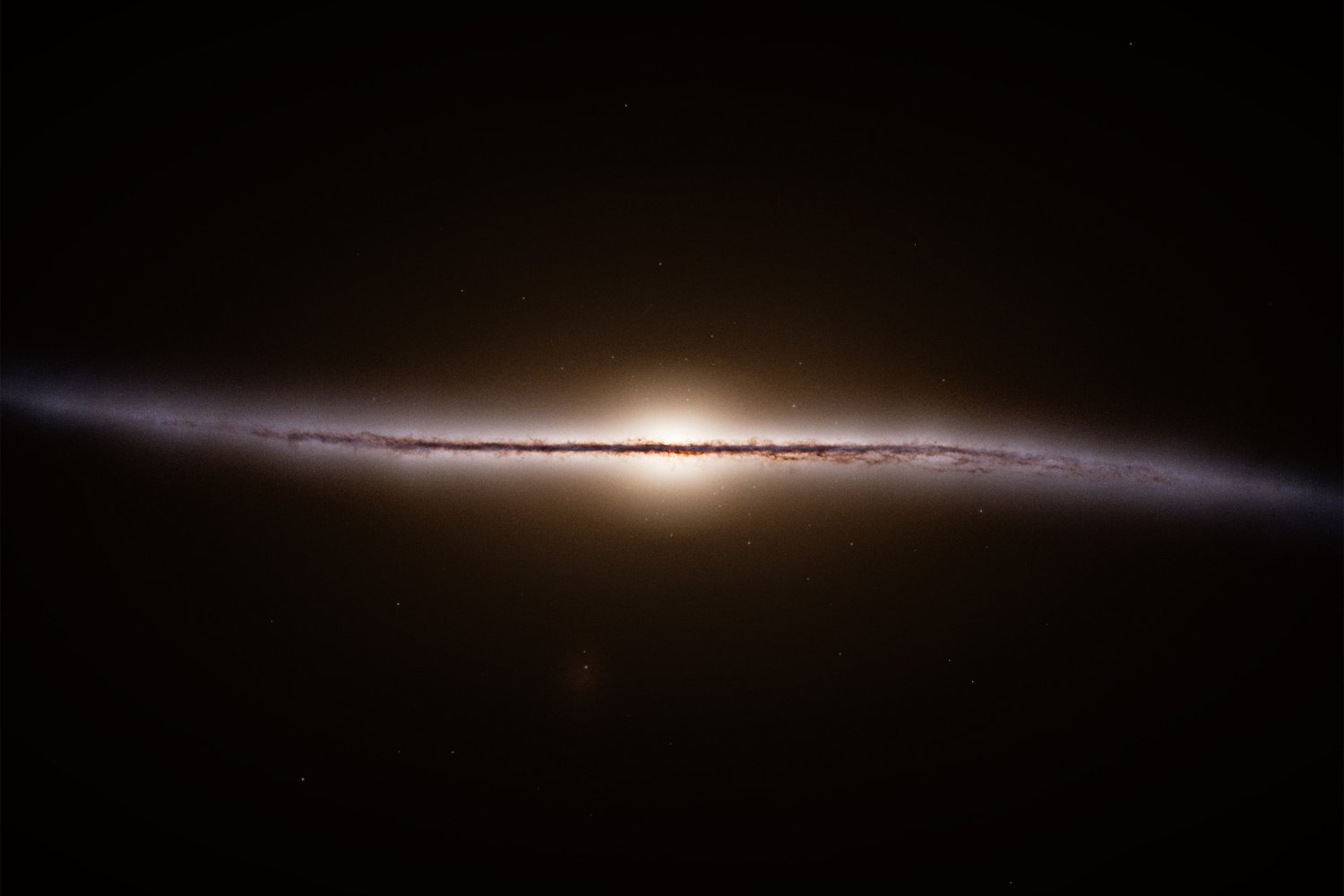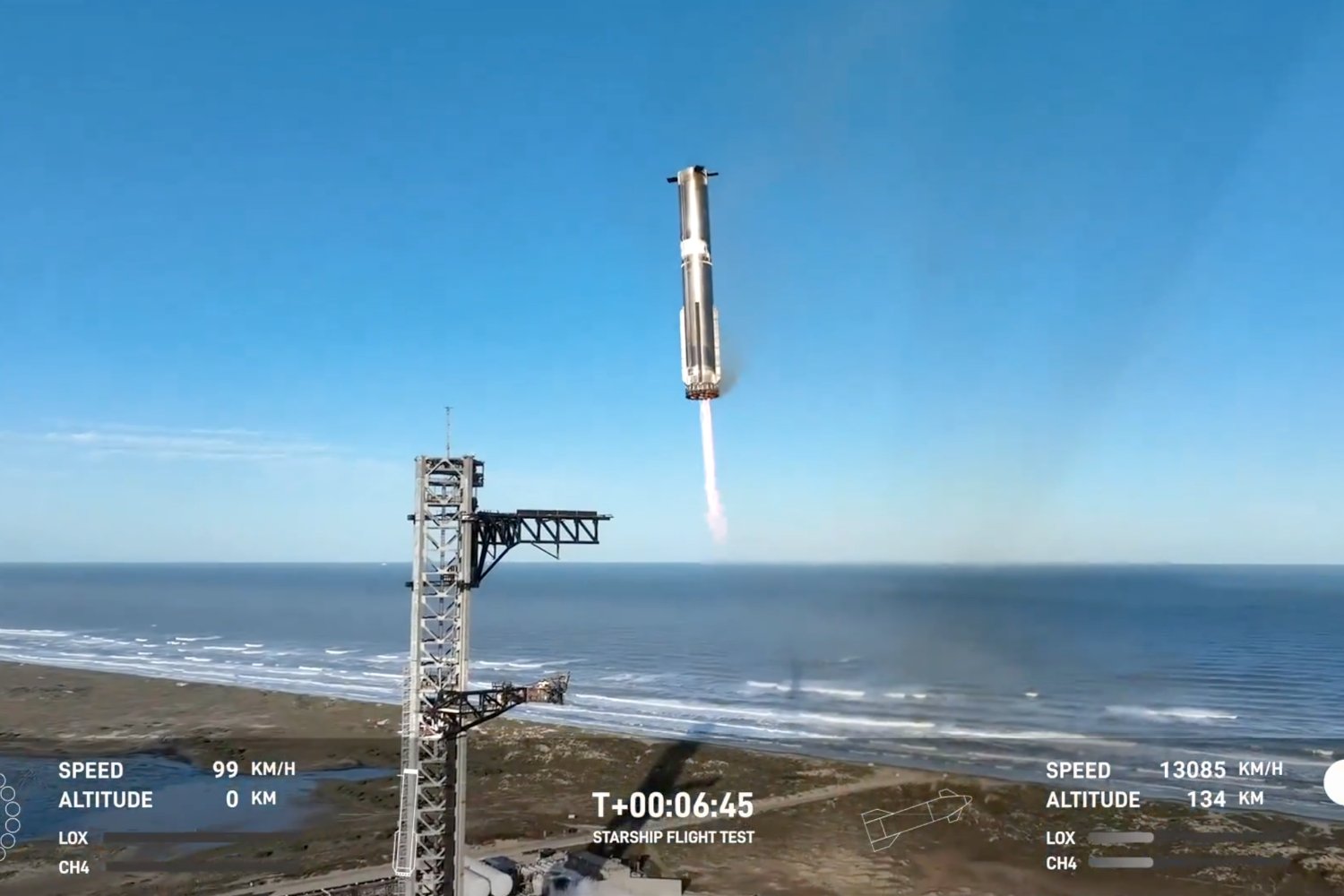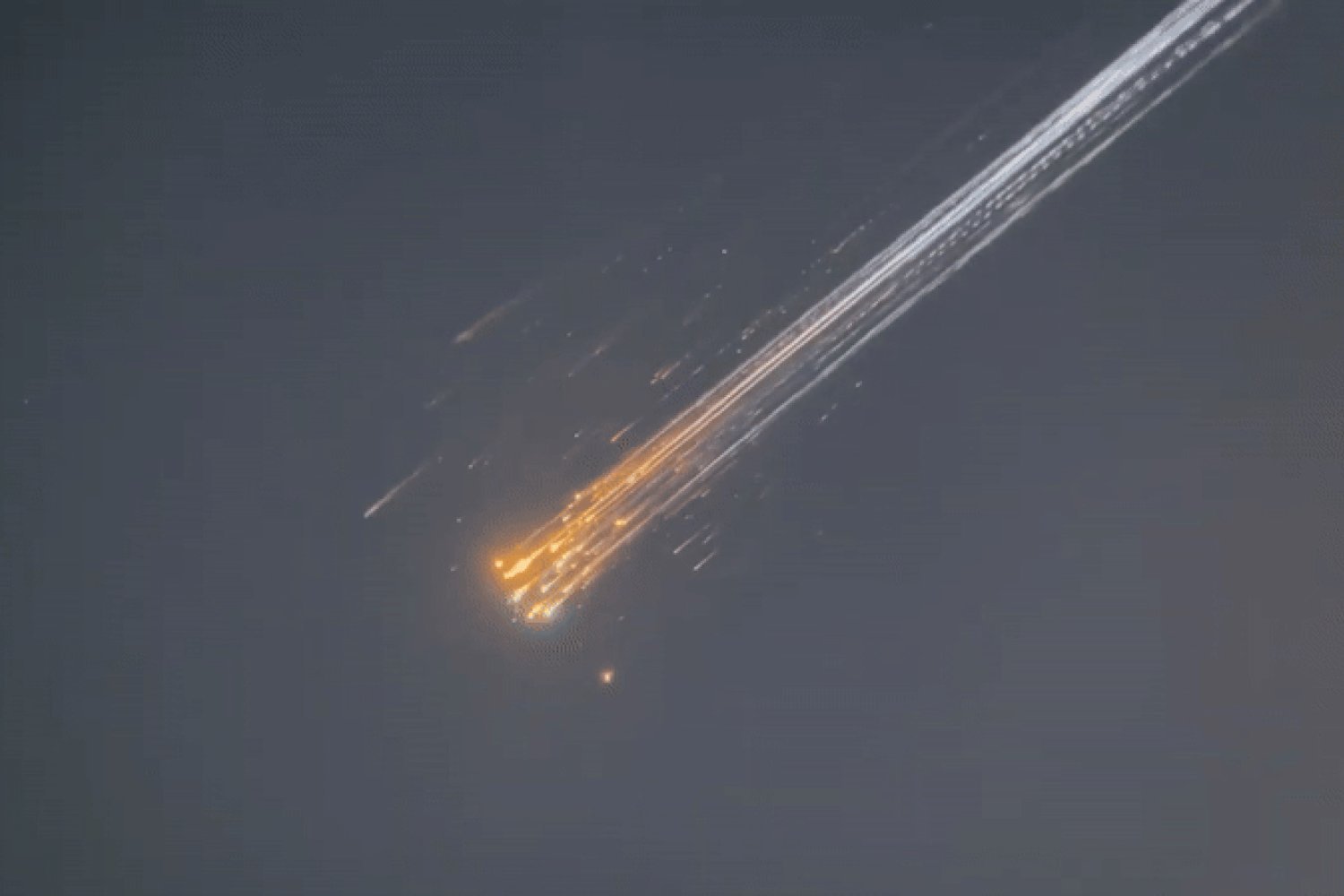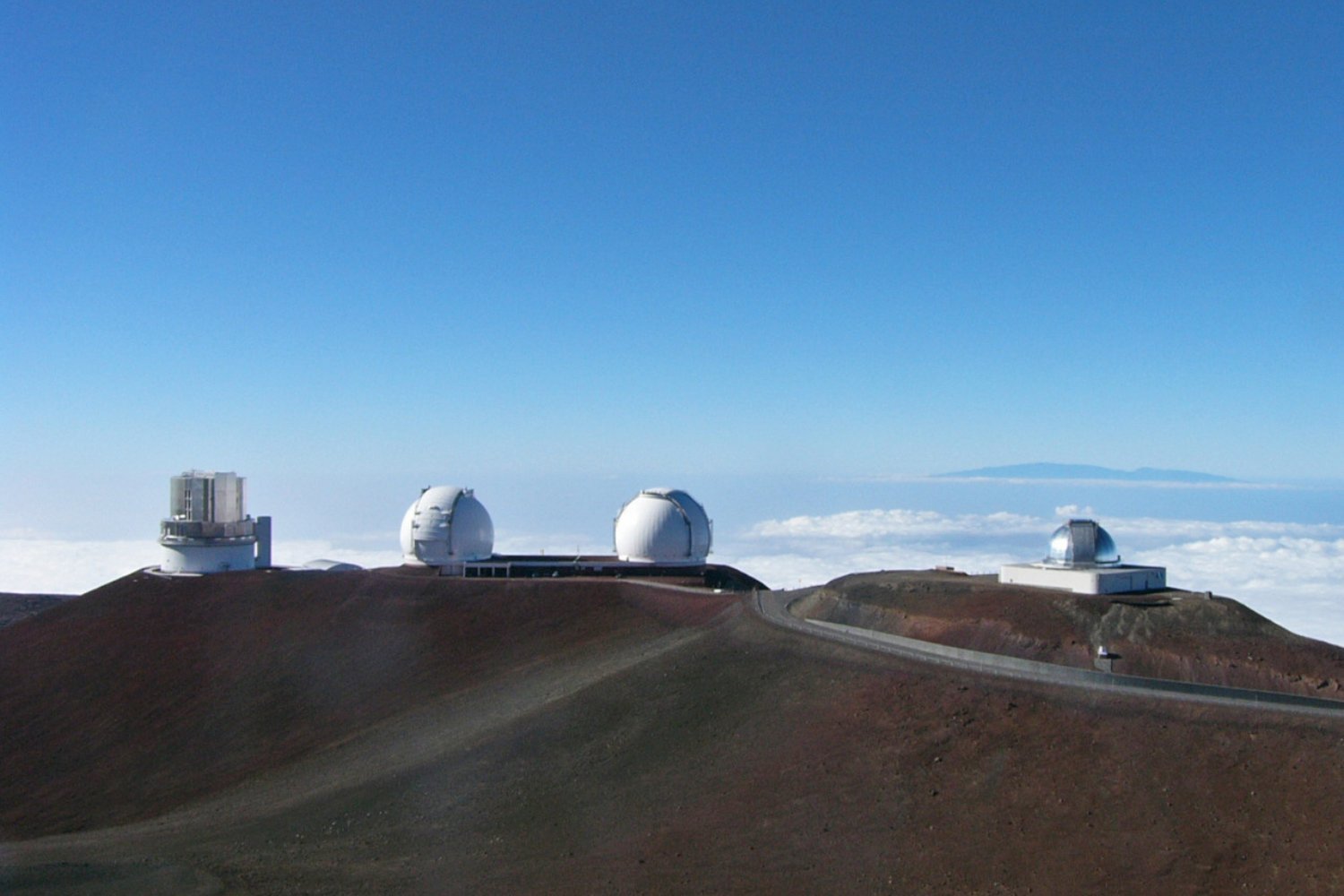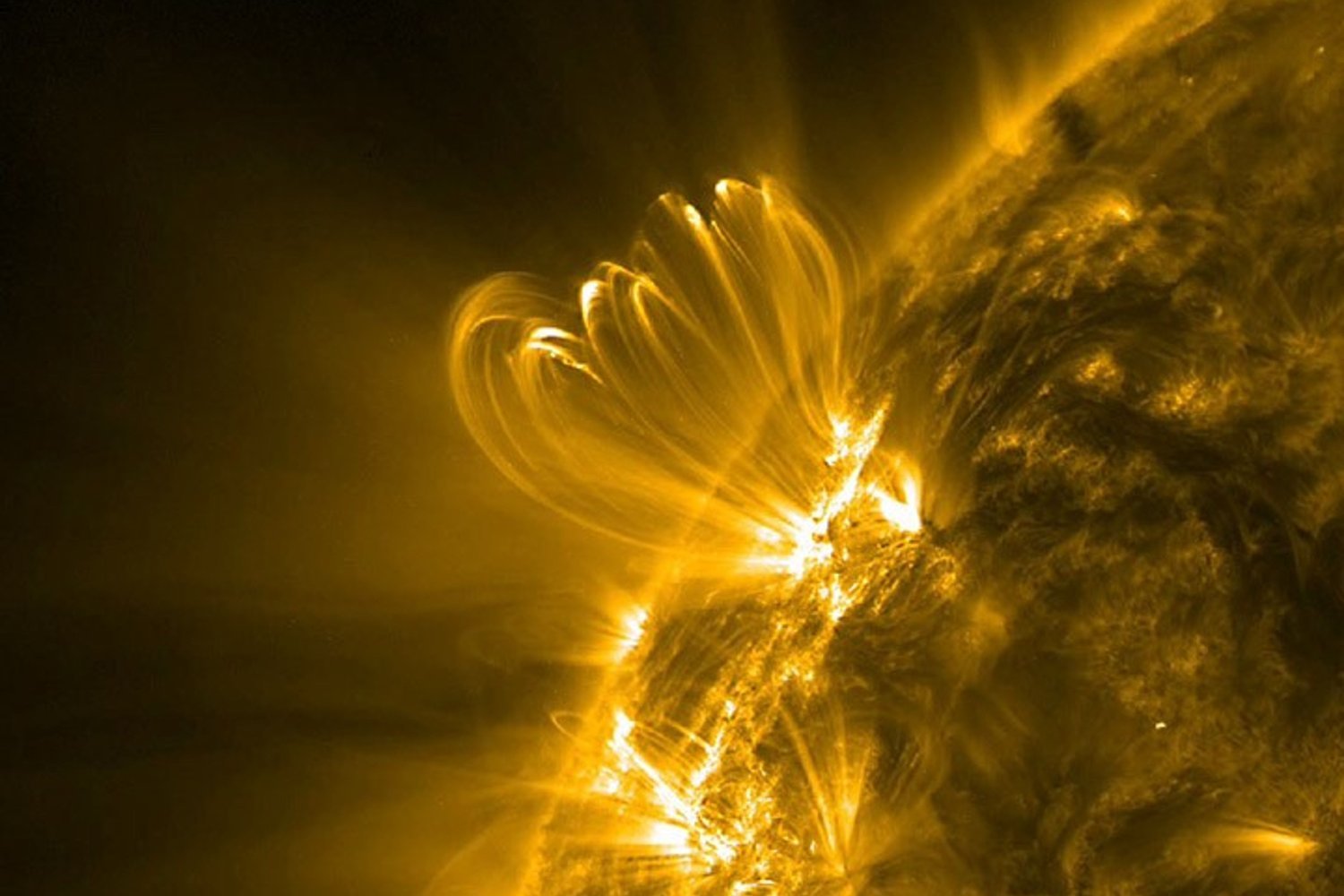The raging wildfires sweeping through Southern California have not only been visible from space but have also posed a direct threat to space research conducted at NASA’s Jet Propulsion Laboratory (JPL) in Pasadena. The encroaching Eaton fire forced the evacuation of JPL on January 8th, with the facility remaining closed through Monday. While the research center itself has been spared from the flames, the impact on the JPL community and some of its operations has been significant.
JPL Community Impacted, Deep Space Network Maintains Contact
Although JPL facilities escaped damage thanks to the efforts of firefighters, the human cost has been substantial. JPL Director Laurie Leshin reported on X (formerly Twitter) that over 150 JPL employees lost their homes, with many more displaced. This devastating impact on the JPL community has prompted the establishment of a relief fund for Caltech and JPL staff. Most JPL employees were instructed to work remotely during the week following the evacuation. Remarkably, despite the emergency, the Deep Space Network (DSN) managed to maintain uninterrupted communication with all active spacecraft throughout the evacuation.
Deep Space Network Operations Continue from Backup Location
The JPL, managed by the California Institute of Technology (Caltech) for NASA, is a crucial hub for robotic space exploration and home to the Deep Space Network. The DSN, a network of large radio antennas, facilitates communication with distant spacecraft, including the Voyager probes, Mars rovers, and the Juno probe orbiting Jupiter. The Spaceflight Operations Center at JPL has been continuously staffed and operational since 1964. Upon evacuation, JPL’s emergency notice stated that facilities, labs, and hardware were secured, and DSN operations were transferred to an offsite backup control center. This ensured continuous contact with spacecraft, preventing any data loss.
Data Disruptions Despite Successful Spacecraft Communication
While the DSN maintained communication with spacecraft, the evacuation did cause disruptions in some data processing activities. These disruptions affected near real-time (NRT) data, information typically available shortly after collection by space instruments. Specifically, data processing for the Soil Moisture Active-Passive (SMAP) platform, which monitors surface soil conditions, and the Microwave Limb Sounder (MLS), which measures atmospheric characteristics, experienced interruptions.
JPL Remains Undamaged but Faces Ongoing Threat
The scientific community breathed a collective sigh of relief that the JPL facility remained undamaged. However, the ongoing threat of strong, dry winds in the region continues to raise concerns. The resilience of the JPL staff and the successful transfer of DSN operations underscore the dedication to space exploration even amidst challenging circumstances. The long-term effects of the fires on JPL’s operations and the recovery of its community remain to be seen.



